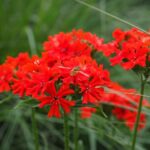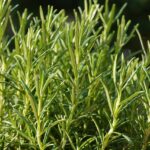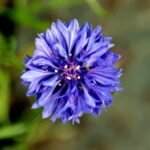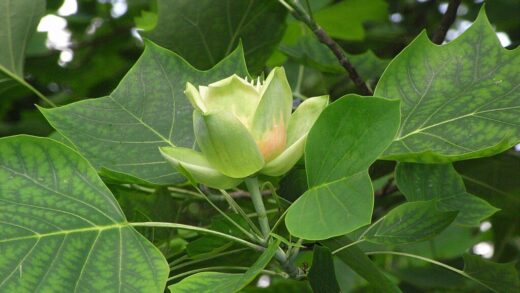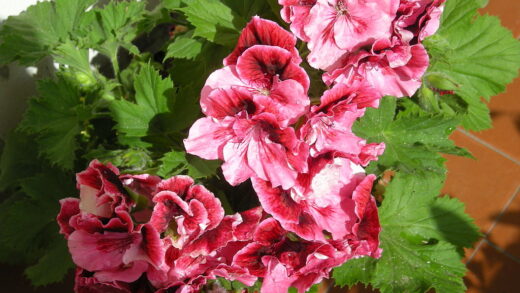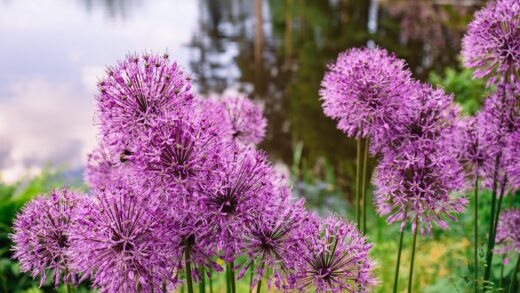Pruning and cutting back the cornflower
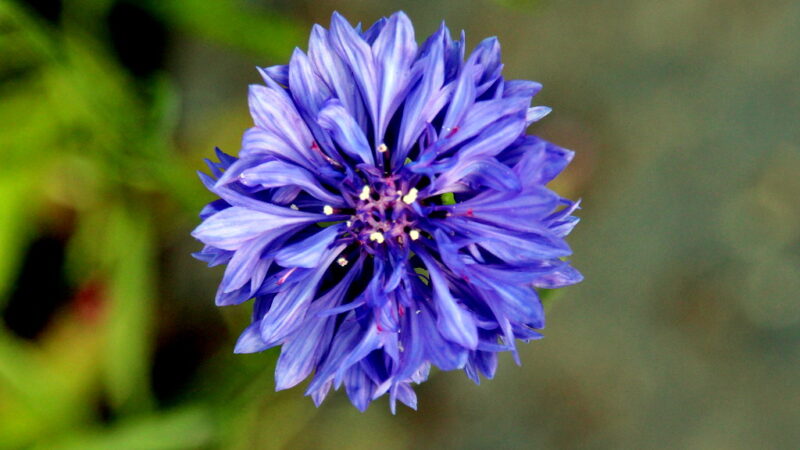
Pruning and cutting back are essential horticultural practices that, when applied to cornflowers, can significantly enhance their performance, appearance, and flowering duration. While the term “pruning” might evoke images of woody shrubs and trees, its principles are just as relevant to annuals like Centaurea cyanus. The primary goals of cutting back cornflowers are to encourage a bushier growth habit, to prolong the blooming season through a process known as deadheading, and to maintain the overall health and tidiness of the plant. Proper timing and technique are crucial for achieving these desired outcomes.
The most important and frequently performed cutting-back practice for cornflowers is deadheading. This involves the systematic removal of spent flowers before they have the opportunity to set seed. The biological imperative of an annual plant is to reproduce, and once it begins to form viable seeds, it redirects its energy away from producing new flowers and towards maturing those seeds. By regularly removing the faded blooms, the gardener effectively interrupts this process, signaling to the plant that its reproductive mission is not yet complete. This, in turn, stimulates the plant to produce a new flush of flowers in an ongoing effort to create seeds.
Another beneficial cutting technique is known as “pinching back.” This is typically done early in the season when the young cornflower plants are about 15 to 20 centimeters tall. By pinching or snipping off the top few centimeters of the main growing stem, the plant is encouraged to send out lateral, or side, shoots from the nodes below the cut. This results in a plant that is shorter, sturdier, and much bushier, with multiple flowering stems instead of just one or two tall ones. This practice can lead to a more compact and floriferous plant, although it may slightly delay the onset of the first blooms.
As the season progresses, some of the lower foliage on the cornflower stems may begin to yellow or die back. Lightly pruning these lower leaves can improve the plant’s appearance and, more importantly, increase air circulation around the base of the plant. This enhanced airflow helps to create a less hospitable environment for fungal diseases such as powdery mildew and rust, which thrive in stagnant, humid conditions. This form of pruning is a simple but effective aspect of plant sanitation and preventative disease management.
The technique of deadheading
Deadheading is a simple yet transformative task that pays significant dividends in the form of continuous blooms. The key to successful deadheading is consistency. It should be performed regularly, ideally every few days, throughout the entire flowering season. A spent cornflower blossom is easy to identify; its vibrant color will have faded, and the petals will have started to wilt and shrivel. Allowing these faded flowers to remain on the plant is a direct signal for it to begin the energy-intensive process of seed production.
More articles on this topic
The correct technique for deadheading involves more than just pulling off the dead flower head. For the best results, use a pair of clean, sharp scissors or small pruners. Follow the stem of the faded flower down to the first set of healthy leaves or to a point where a new side shoot is emerging. Make a clean cut at this junction. This not only removes the unsightly spent bloom but also encourages the plant to channel its energy into the developing side shoot, which will quickly grow to produce a new flower.
This method of cutting back to a leaf node or side shoot results in a much tidier and more attractive plant than simply snapping off the flower heads. It avoids leaving a number of leafless, headless stems, which can look untidy and may eventually die back anyway. By making a deliberate cut further down the stem, the gardener promotes a more vigorous and regenerative growth habit, keeping the plant looking fresh and full while maximizing its flower output over a longer period.
While the primary purpose of deadheading is to extend the blooming period, it also serves to maintain the aesthetic quality of the planting. A bed of cornflowers that is regularly deadheaded will look consistently vibrant and well-kept. Towards the very end of the season, the practice of deadheading should be stopped if the gardener wishes to collect seeds for the following year. Allowing the final flush of flowers to mature and form seed heads is necessary to complete the plant’s life cycle and ensure a future supply.
Pinching back for bushier growth
Pinching back is a proactive pruning technique performed on young cornflower plants to alter their natural growth habit. Typically, a cornflower seedling will grow a single, dominant central stem that races upward to produce the first flower. While effective, this can sometimes lead to a tall, somewhat sparse plant. Pinching interrupts this apical dominance, forcing the plant to divert its growth energy into the axillary buds located at the leaf nodes further down the stem.
More articles on this topic
The ideal time to perform this task is when the plant is still young and actively growing, usually when it has reached a height of around 15 to 20 centimeters. Using either clean fingertips or a pair of sharp snips, the top 2 to 5 centimeters of the main growing tip is removed. The cut should be made just above a set of leaves. This simple action removes the terminal bud, which is the source of the hormones that suppress the growth of the side shoots.
The plant’s response to being pinched is to activate the previously dormant lateral buds below the cut. These buds will begin to grow, each one forming a new branch. This results in a plant that is more compact, much fuller, and has a more rounded, bushy shape. Although this technique will slightly delay the appearance of the very first flowers by a week or two, the subsequent floral display is often much more impressive, as the plant will produce numerous blooms on its multiple branches simultaneously.
This method is particularly useful for taller cultivars of cornflower that have a tendency to become leggy or top-heavy. The resulting sturdier, multi-stemmed structure is more stable and less likely to require staking or support, especially in windy locations. Pinching is a one-time procedure for each young plant; once the lateral branches have developed, the focus of pruning shifts to the ongoing task of deadheading the flowers that they produce.
Fotó forrása: Flickr / Szerző: yrjö jyske / Licence: CC BY 2.0










